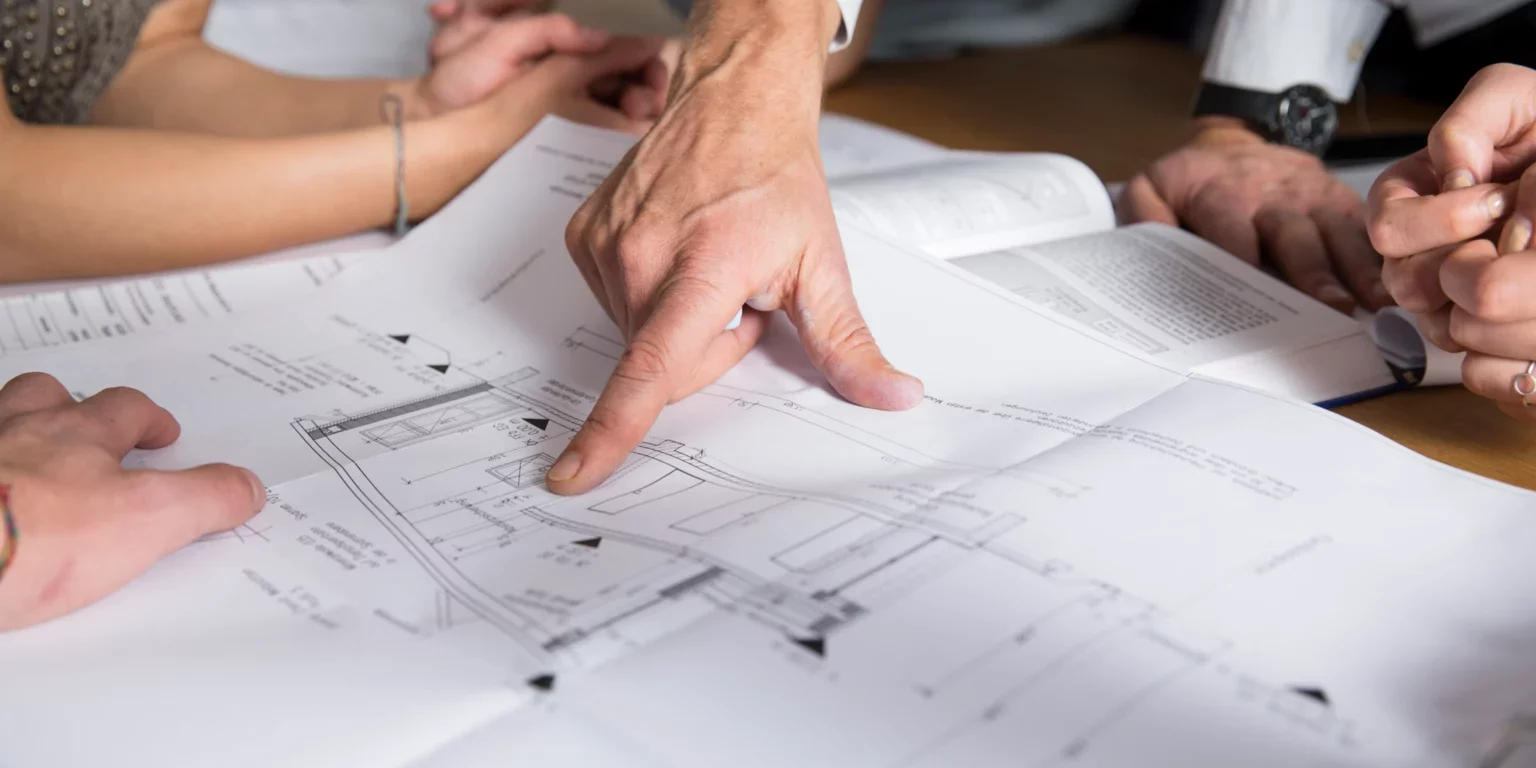Design and construction defect claims seldom offer obvious allocations of liability. Thus, it is critical for the adjuster to have an in-depth knowledge and understanding of all concepts to be investigated. Before any analysis of the merits of the claim is performed, it is important to ensure that several critical steps are taken. Observing the following 6 tips will ensure that liability and defense costs associated with a construction defect claim are managed appropriately:
1. Information Gathering: Start with some basics, as information takes time to collect and opposing counsel may be motivated to move the claim forward quickly.
- Any and all material correspondence, contracts, subcontracts, invoices, plans, drawings, change orders and photographs from the beginning to the end of the project.
- Identify all current and former employees who worked on the subject project, including identifying their project responsibilities.
- Establish a main contact person for your insured, preferably one who knows the information you will need without needing to reference documents, call other people, etc.
- Send out preservation letters to obtain communications on personal electronic devices and/or on-site construction surveillance video systems.
2. Identify the scope of services for the insured: Most disputes fail to settle due to the lack of clarity surrounding the scope of services in relation to the defects alleged. Identifying the governing scope of services for the insured is paramount in developing liability defenses. The plain language of the contract will often describe the insured’s scope of services. However, often times the insured’s scope of services is expanded beyond the contract. It is critical to identify all documents and correspondence that may be used by the claimant to establish an expanded scope of services by the insured.
3. Identify the scope of work for other parties involved. One aspect of the initial evaluation process that is often overlooked or neglected when a construction defect claim comes in is performing a detailed analysis of the scope of work for relevant parties other than the insured. It is critical to understand the scope of work of other parties involved in the project and the claim as this will enable you to determine who was acting within their contracted scope and who was not. Performing such analysis will shed light on who may have additional liability or complete liability other than your insured, as well as who else should be at the table to share in defense costs for the claim. An additional tip is to request proof of a each party’s business licenses, as well as proof of good standing, to ensure that the parties are licensed to perform the work that they ultimately undertook on the project. There may be liability issues for other parties related to performance of work for which they are not licensed, which opens up other avenues for filing cross claims to reduce the liability of your insured.
4. Duty to defend and indemnity considerations. In addition to reviewing project contracts to identify entitlement and scope of work issues, the contract should be reviewed to determine if the insured is required to indemnify or defend other parties on the project. Further, the insurance policies applicable to the claim may have terms under which the insured is named as an additional insured on another party’s insurance policy (or vice versa). What other policies does your insured have for the project? Do any of them have time on the risk provisions? Do any of the policies have indemnity or duty to defend clauses? Answering all of these questions from the outset is important, as they affect not only the defense of the claim, but also any ultimate resolution of the claim.
5. Issue Reservation of Rights correspondence. Initial investigation may ultimately lead to the conclusion that there is no coverage under the policy. When initially agreeing to accept the tender of a new claim, it is important for the adjuster to advise the insured that such acceptance is subject to a reservation of rights to withdraw acceptance of the defense based upon newly discovered facts that result in a change of analysis.
6. Considerations for retaining expert witnesses. Construction defect litigation can be rather complex and is heavily driven by expert testimony. Thus, it is critical to have a competent expert witness who can serve as a credible independent party tasked with the role of determining whether a claimed defect can actually be attributed to the insured. The expert must also be able to clearly explain complex issues in a manner that can be easily understood by a judge and/or jury. Selecting an expert is critical to the success of the case and should be evaluated on a case-by-case basis to best reflect the factual and jurisdictional merits of each claim.
We can all agree that the easiest way to avoid liability for construction defect claims is preventing them altogether. However, since prevention of a claim is not always possible, it is important that adjusters take early steps upon receipt of a new construction defect claim in order to limit liability and ensure the most efficient expenditure of defense costs.



